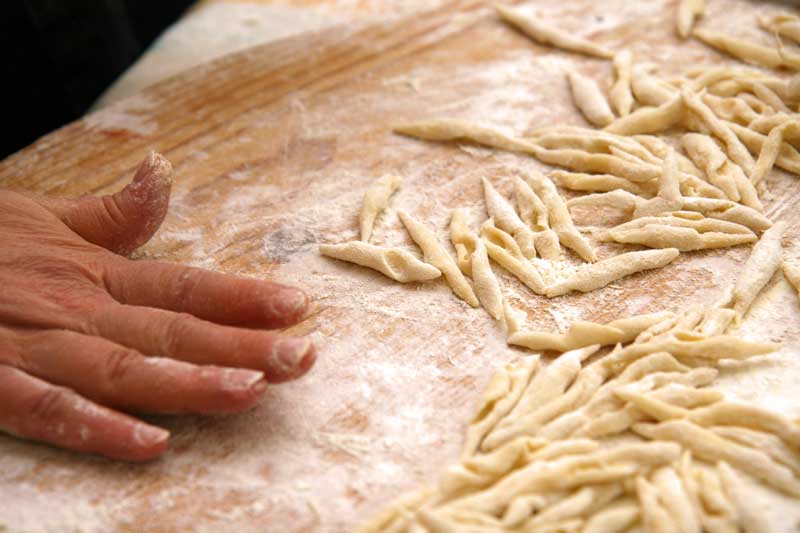Also known as strangolapreti, strozzapreti are not as dangerous as their name may hint at. Far from being an anti-clerical instrument of torture (literally, the word means “priest stranglers”), they are a type of elongated, hand-rolled pasta typical of the regions of Emilia Romagna, Tuscany, Umbria and Marche.
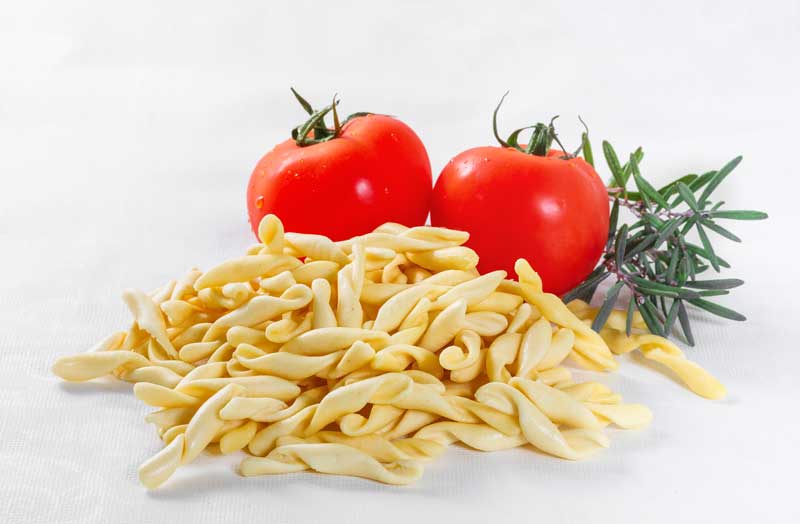
Plenty of legends revolve around these little morsels of dough and their origins: one of the most popular says their deliciousness brought some hungry priest to eat them so quickly he choked on them. A brief extract of the 18th century Vocabolario Napoletano-Italiano mentions how that’s a kind of pasta “priests call nun stranglers and nuns call priest stranglers.” Less colorful, but probably closer to reality, is the interpretation that wants their name deriving from two Greek verbs straggalào, which means “to roll,” and prepto, “to hollow.” The two actions are, in fact, those necessary to make these traditional Italian pasta shape.
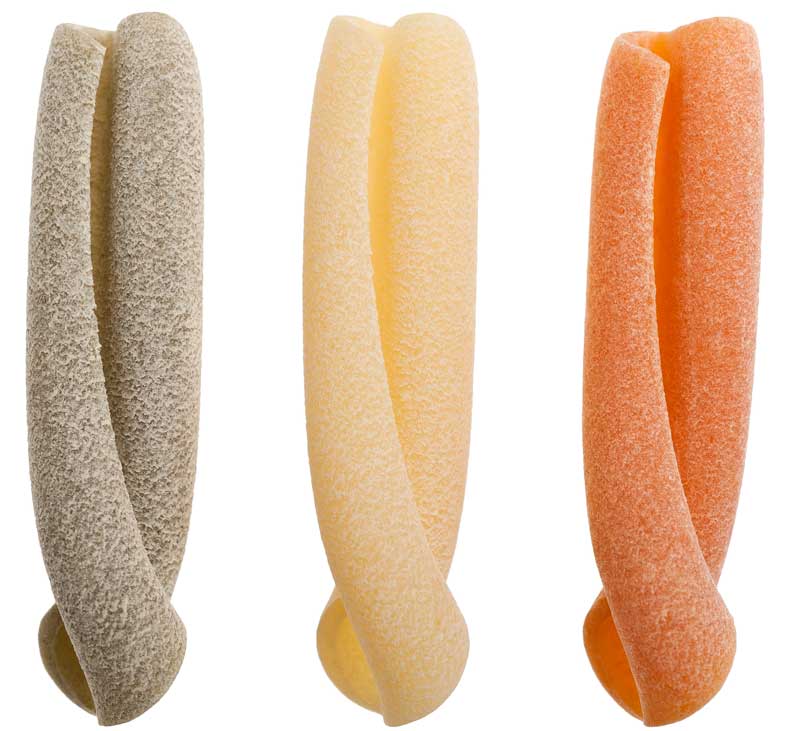
As you would expect from a type of pasta used especially in the lusciously rich cuisine of central Italy, strozzapreti are usually served with elaborate sauces, such as wild boar ragù, ham and asparagus or shrimps and gorgonzola, but really… they are delicious and comforting with everything.
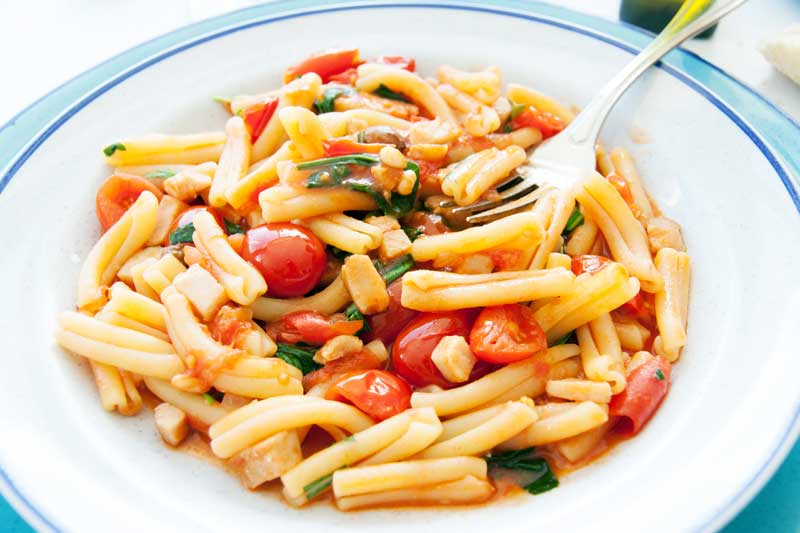
A curiosity: in some parts of Italy and in Corsica (which in a not so distant past was, in fact, a region of the Bel Paese) strozzapreti is also the name of a type of dumpling made with cheese and spinach.
E per cena? Un bel piatto di strozzapreti al ragù!
And for dinner? A big plate of strozzapreti in bolognese sauce!
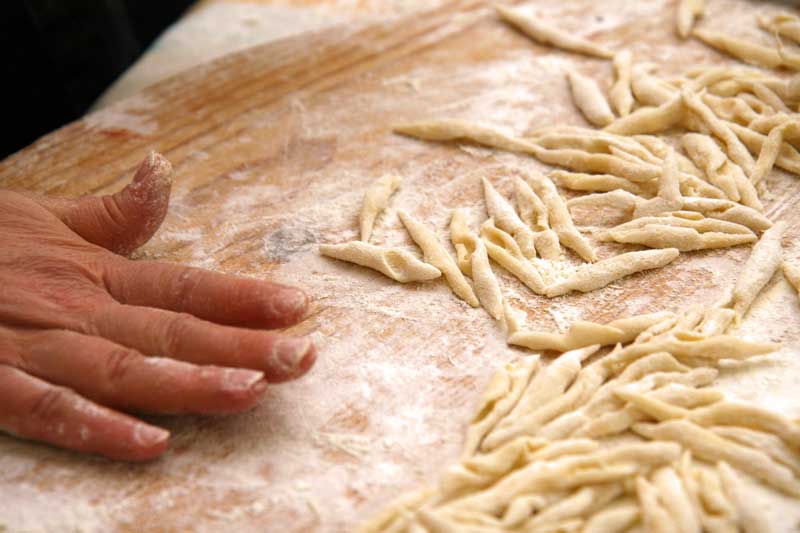
Purtajene nu piatto de chilli maccaruni che li prievete chiamano strangulamuonace e li muonace strangulaprievete! (Vocabolario Napoletano-Italiano, by Raffaele Andreoli)
Bring over a plate of that pasta that priests call “nun stranglers” and nuns call “priest stranglers!”
